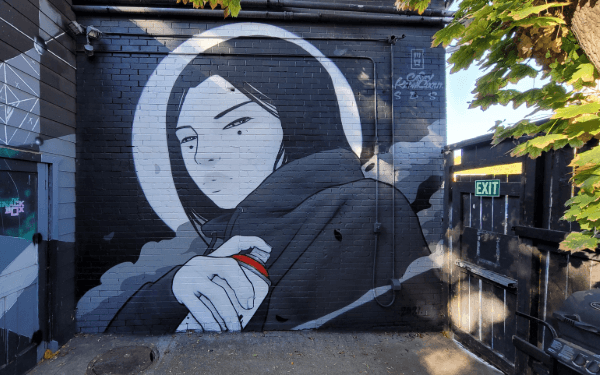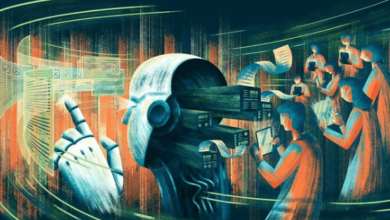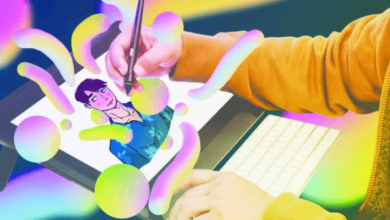Street Art and Graffiti: Bridging Culture and Creativity

Street art and graffiti have evolved into powerful forms of cultural expression that transcend traditional boundaries of art. Often displayed on urban walls, buildings, and public spaces, these art forms reflect the creativity, identity, and struggles of communities worldwide. While graffiti has its roots in rebellion and street culture, street art often embraces broader artistic movements. Together, they serve as bridges between diverse cultures, offering insight into social issues, individual creativity, and community pride.
Origins and Evolution
Graffiti’s origins trace back to ancient civilizations, where people etched messages on walls to communicate stories, commemorate events, or leave marks of existence. Modern graffiti, however, emerged in the late 20th century as a subculture in urban areas, particularly in cities like New York. Artists used spray paint and markers to create tags, throw-ups, and murals, often as acts of rebellion or to claim visibility in spaces that marginalized their voices.
Street art emerged later, blending graffiti’s raw energy with elements of traditional and contemporary art. This form incorporated stencils, wheat-pasted posters, mosaic tiles, and large-scale murals. Over time, both graffiti and street art moved beyond underground movements to gain recognition as legitimate art forms, transforming cityscapes and sparking debates about their role in society.
A Cultural Mirror
Street art and graffiti often serve as mirrors reflecting the culture and identity of a community. They address social and political issues, offering commentary on inequality, injustice, and environmental concerns. In times of crisis, street art becomes a medium for collective mourning, resistance, or hope, capturing emotions and stories that resonate with people on a personal level.
In culturally rich neighborhoods, graffiti and murals often celebrate local traditions, history, and heroes. These artworks preserve cultural heritage and pride, fostering a sense of belonging among residents. For outsiders, they provide a visual gateway to understanding the complexities of a community.
Creativity Unbound
What sets street art and graffiti apart from other art forms is their unbounded creativity. Unlike galleries or museums, the streets offer limitless canvases, allowing artists to experiment with scale, materials, and messages. This freedom enables artists to push boundaries, merging traditional artistic techniques with innovative approaches to storytelling.
Street art, in particular, often incorporates interactive or participatory elements. Some artists create installations that invite public interaction, while others use augmented reality to add digital layers to their work. This dynamic nature ensures that street art remains fresh, engaging, and relevant.
The Debate: Vandalism or Art?
The debate over whether graffiti and street art are forms of vandalism or legitimate art has persisted for decades. Graffiti, with its roots in tagging and unsanctioned work, often faces criticism for defacing public property. On the other hand, street art, which is more likely to be commissioned or sanctioned, is often celebrated for beautifying urban spaces.
Both forms challenge the traditional notion of ownership and public space. They force society to consider who has the right to shape the aesthetic and cultural identity of a city. While graffiti may push against authority, its rawness and authenticity have inspired countless artists to find their voice. Street art, by gaining mainstream acceptance, has paved the way for public spaces to become platforms for artistic dialogue.
Street Art Festivals and Urban Revitalization
In recent years, street art has played a significant role in urban revitalization efforts. Cities around the world host street art festivals, inviting artists to transform neglected areas into vibrant cultural hubs. These initiatives attract tourists, support local economies, and instill a sense of pride among residents.
For example, Wynwood Walls in Miami and Shoreditch in London have become iconic destinations where street art thrives. Such projects highlight the potential of art to breathe life into urban environments, proving that creativity can transform even the most overlooked spaces.
Bridging Cultures
Street art and graffiti act as bridges between cultures, fostering dialogue and understanding. In global cities, walls often become canvases for artists from different countries to collaborate, blending diverse styles and stories. These works highlight shared human experiences while celebrating cultural uniqueness.
Social media has further amplified this bridging power. Platforms like Instagram allow street art and graffiti to reach audiences worldwide, creating connections between artists and admirers across continents. This digital exposure has elevated street art from local expressions to global phenomena.
Challenges and Preservation
Despite their growing acceptance, street art and graffiti face challenges. Unsanctioned works are often removed or painted over, sparking debates about the impermanence of public art. Some argue that the ephemeral nature of street art is part of its charm, while others push for preservation efforts to protect significant works.
Legal and ethical issues also arise when works are appropriated for commercial use without the artist’s consent. As street art gains popularity, ensuring fair recognition and compensation for artists becomes increasingly important.
Conclusion
Street art and graffiti are more than just visual spectacles; they are powerful forms of cultural and creative expression. They tell stories, challenge norms, and bring communities together. By bridging cultures and fostering creativity, these art forms have transformed urban landscapes into living galleries. As society continues to grapple with questions of ownership, preservation, and authenticity, the enduring impact of street art and graffiti reminds us of the profound role art plays in shaping our shared humanity.




